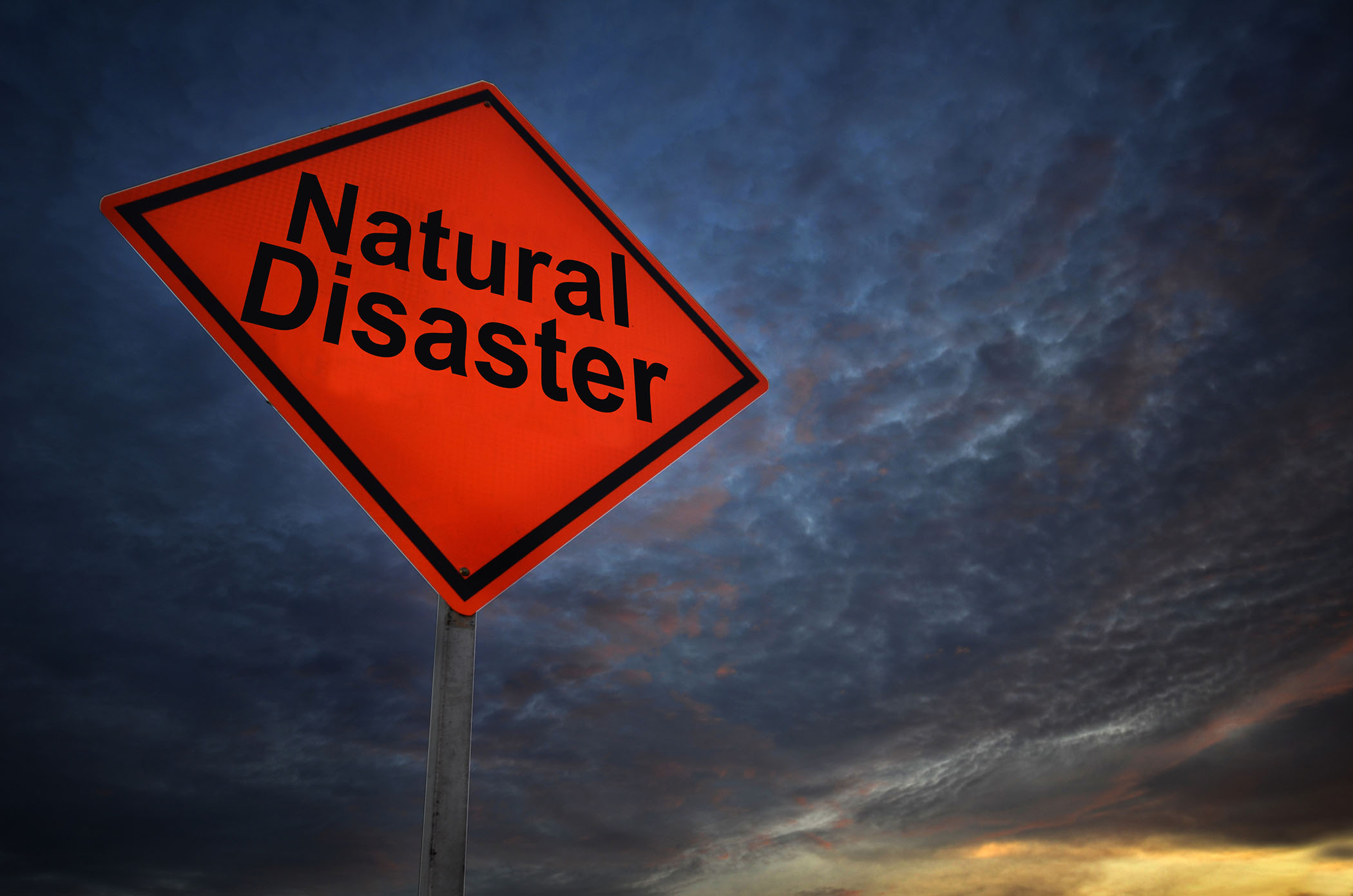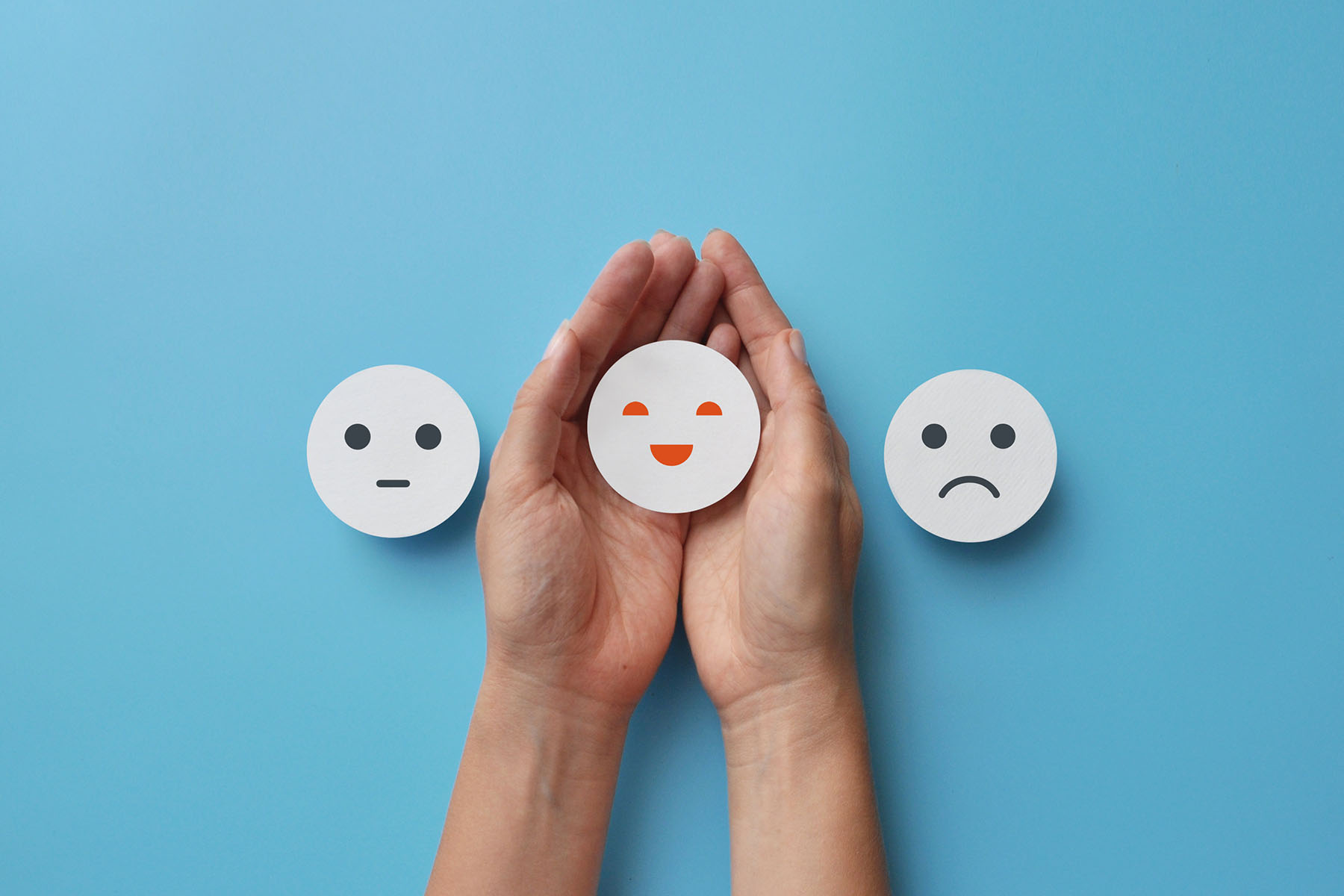Choose Joy
September 2021

Earlier this week I was speaking to my student interns about what I loved most about working in Pk-12 schools. No contest, it was JOY. Whether it was a sweet picture drawn by an elementary student, or a middle schooler creating a rap about a favorite teacher, or a high school student celebrating a hard-earned success, working in pk-12 schools afforded me the opportunity to witness and feel joy.
Lately, joy has been harder to find, and when I looked into my students’ glazed eyes, I knew for sure that joy has left the building. For those of you who have been in education for years, I am sure you have felt the slow leak of joy out of our work. We have been coping with pandemics, hurricanes, moving our classes online, moving back to face to face, new safety measure, and loss. It is a lot. We are a resilient lot here in Louisiana, but I know we are all ready for a break from the stress. It is no wonder that we are experiencing unprecedented levels of stress and anxiety. Greenstone and Leviton (2010) describe the crisis point as being the point at which stress exceeds our abilities to adaptively cope. Each individual has a different crisis point because positive coping strategies vary from person to person.
Greenstone and Leviton (2010) describe the crisis point as being the point at which stress exceeds our abilities to adaptively cope. Each individual has a different crisis point because positive coping strategies vary from person to person.
For example, when you scream at your malfunctioning computer, you have exhausted all of your positive coping. It is not necessarily the computer malfunction that is the biggest issue you have dealt with that day, but you used up all your healthy coping in getting to that point. We are all hovering around our crisis point which means that we are yelling at our computers and not experiencing much joy.
Sometimes, it is helpful to name what we are feeling. Yes, we are stressed. Yes, we are anxious, but what we may not realize is that many of us are grieving. Grief is not exclusive to the loss of a loved one. Grief occurs when we lose something or someone of great value to us.
If we revisit what our lives looked like in January, 2020, we realize that our way of life has been deeply impacted. Here in Louisiana, we love to gather whether it is around a table for a wonderful meal or a television to celebrate the athletes among us. We love to listen to music and dance. We love to be TOGETHER. You see this spirit at its finest when communities pull together to recover from a storm or disaster or when we celebrate a championship without destroying property. One of our greatest losses during this pandemic, besides the enormous loss of life we as a country have experienced, is carefree togetherness.
Here in Louisiana, we love to gather whether it is around a table for a wonderful meal or a television to celebrate the athletes among us. We love to listen to music and dance. We love to be TOGETHER.
 When people grieve, they lose interest in things they once loved. They isolate themselves
from others, and they struggle to maintain focus or interest in day to day activities.
They can feel a sense of hopelessness and deep sadness. You may be feeling some of
the symptoms and not even realize that it is grief.
When people grieve, they lose interest in things they once loved. They isolate themselves
from others, and they struggle to maintain focus or interest in day to day activities.
They can feel a sense of hopelessness and deep sadness. You may be feeling some of
the symptoms and not even realize that it is grief.
The good news is that we will get through this challenging time TOGETHER. When hurricane Katrina hit Louisiana in 2005, I was working as school counselor in New Orleans. When we returned to school in January, 2006, our school leaders made a decision that our school would be a sanctuary from the hard times that our city was facing. One of the most effective things that they did was that they infused joy and support into our day to day lives. We approached learning from a creative and playful perspective, and we paused to celebrate each other and recovery milestones. Most importantly, we had fun together. AND the students did not fall behind academically. Without replenishing our hearts and those of the students we serve, we cannot expect our minds to open to learning.
The Choice
Our school leaders, with the support and buy-in of counselors and teachers, can do a lot of good toward healing in our communities. When the adults in the room are healthy and happy, the students will follow their lead. I would suggest we start by creating moments of joy.
Making small changes in your school every day, can make a big difference.
Here are ways that each of you can try to intentionally infuse joy into your school:
- Make time for something fun in your class, even if it is only 10-15 minutes a week.
- Collaborate with your colleagues. Try some cross curricular assignments. (And don’t forget to include the arts and physical education. You may not be putting on a production of Hamilton, but a new perspective on your material can be fun.)
- Create a sense of belonging in purpose in your classroom by giving students a role or job in your class.
- Give yourself grace. You have a lot on your shoulders. You are allowed to feel anxious and sad.
- This is the hardest one of all. Ask for help. Schools are filled with people who love to help others, and helpers are the last people to ask for help.
- Support and assist in identifying students and teachers who need additional help.
- Build programs that meet the needs of your community that are based in principles of play.
- Support administration and teachers in implementing new programs.
- Collaborate with teachers to build cross-curricular programs that are based on academic support, career and college exploration, and social/emotional skills.
- Provide planning time during the day for teachers to collaborate.
- Make time during the week to do something fun as a school.
- Celebrate your teachers and staff.
- Trust in your teachers to be experts in their field.
Making small changes in your school every day, can make a big difference. It is hard when you struggling with mental health issues to feel that change is possible. If you are feeling stuck and struggling, please seek help from a mental health provider in your area. No one has to go through these challenges alone.
Ask us YOUR questions. Tell us YOUR stories.
This article will be a two-part series. Let us know what you and your school are struggling with lately. Sometimes simply sharing is the first step toward collective healing. Email us at education@lsu.edu.
Written by: Stephanie Eberts, PhD
Stephanie Eberts, PhD, is an Assistant Professor of Professional Practice at Louisiana State University and the Coordinator of the School Counseling Concentration. Dr. Eberts received her undergraduate degree in Foreign Language Education from the University of Georgia. After graduation, she spent three years living and working in San Francisco prior to starting a master’s program in Professional Counseling at Loyola University in New Orleans. Dr. Eberts worked as a school counselor (at both the Elementary and Middle school level) in New Orleans for six years prior to returning to school. During her doctoral training she worked with Safe and Drug Free Schools of Gwinnett County in Georgia for three years. After completing her PhD program at Georgia State University in 2010, she moved to Austin to work at Texas State University. After five years as at Texas State University, she returned to her home state of Louisiana to work at LSU. Dr. Eberts’ areas of interest include school counseling, group counseling, play therapy, and trauma and crisis counseling.
